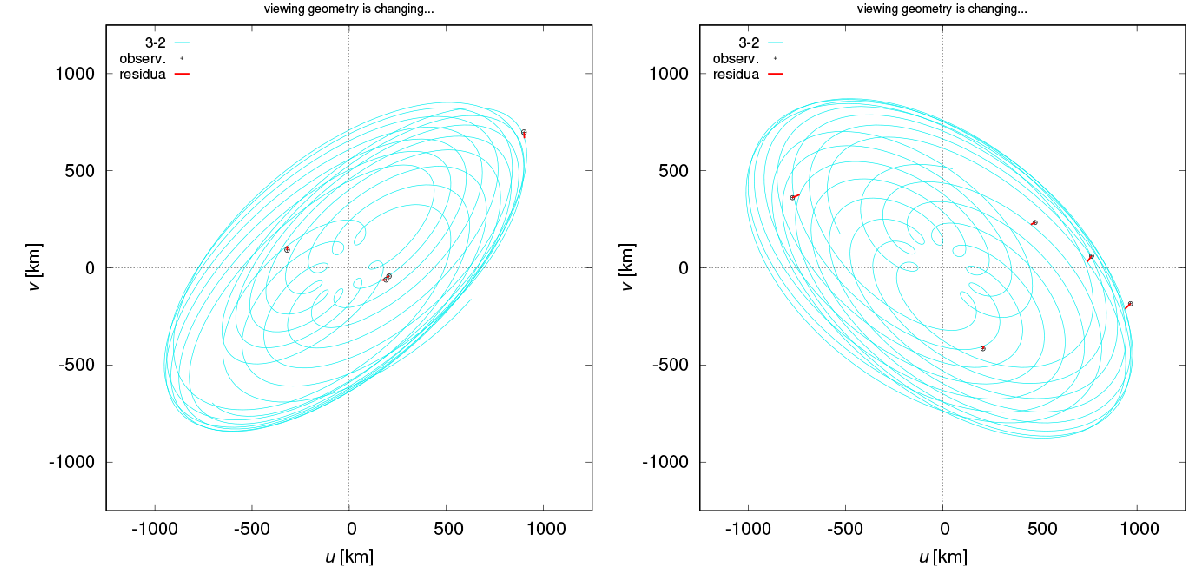Chaos is nothing more than order seen from the opposite side.
This defintion by Fethry Duck in the italian story
Il mobile caotico (
The chaotic furniture) can be considered very centered on the heart of chaos. And the mathematical tool that we used to study it is the
theory of chaos.
Flapping the wings
What best identifies chaos theory is the
butterfly effect, which identifies in a simple and effective way the strong dependence of chaotic systems on initial conditions. The name was first used by
Edward Lorentz, who published the first article on this effect in 1963.
The popular version of the butterfly effect goes something like this:
The flapping of a butterfly's wings in Brazil causes a hurricane in New York and the use of the butterfly was probably suggested to Lorentz from
Ray Bradbury's 1952 short story
A sound of thunder in which an unwary time traveler, stepping out of the path set by the travel agency and thus stepping on a butterfly, even manages to change the result of the last US presidential elections, allowing a fascist to become the most powerful man on the planet!
From a scientific point of view, one of the most typically chaotic problems is that of
weather forecasts, because of the large amount of variables that are present. The appearance of chaotic behaviors, however, would not be so scientifically interesting if it were not for one of their particular characteristics: the fundamental laws that govern, for example, time are deterministic and individually easily solved, but by combining together a large number of such equations, not only the resolution of the system is more complicated, so much so that it is necessary to use electronic calculators, but also the solution shows a chaotic behavior graphically well identified by the
Lorentz attractors:
















